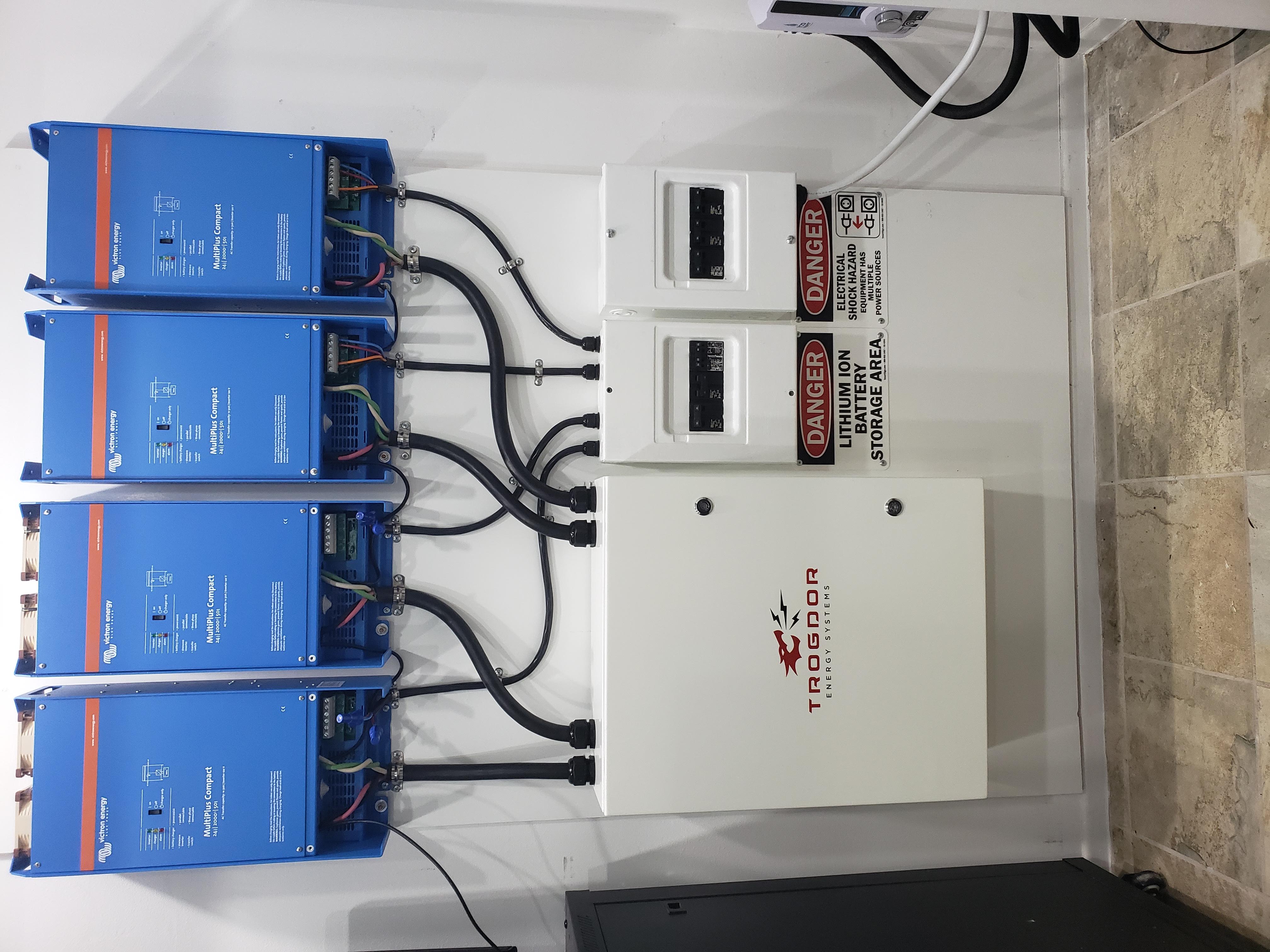I could use some help defining the disconnect frequencies in ESS for my PV inverter shown here; any help is appreciated!:

I live in the US, my inverter is 60Hz first off, these are default values I have not modified yet. My Inverter is a SolarEdge HD10000-H US. Active Power control via frequency is defined here in the manual, and can be set by the user:

It would seem that "P0 in my inverter relates to "The solar converter will start reducing its output power at XX Hz", I am guessing that P1 would be the next setting "Output power will be reduced to minimum when frequency is at XX Hz".. I am not sure what to enter for the final disconnect value though. The full manual on Power Control can be found here, https://www.solaredge.com/sites/default/files/application_note_power_control_configuration.pdf
Can anyone provide any recommendation as to how I should configure this in ESS and which values should be selected for P0 and P1 in my inverter?


